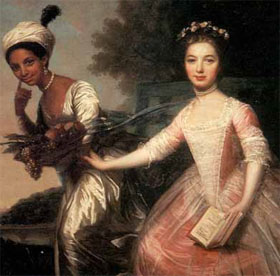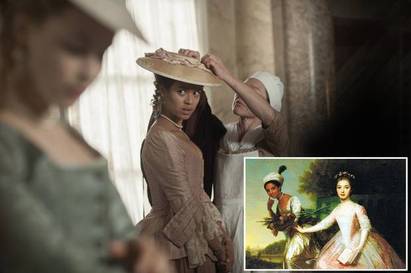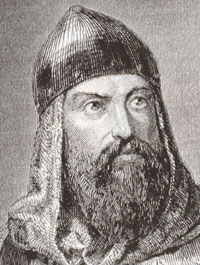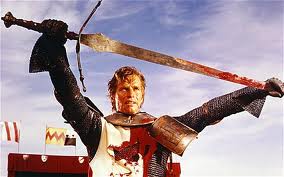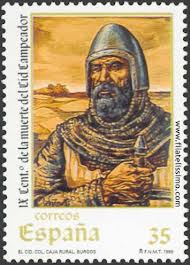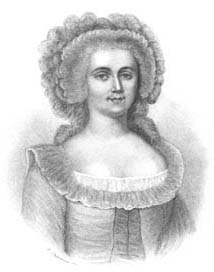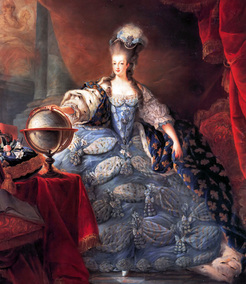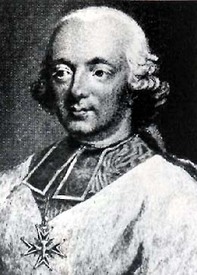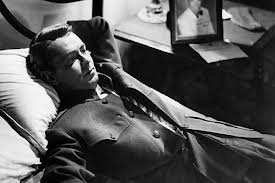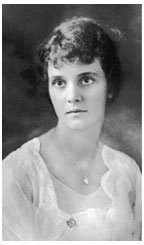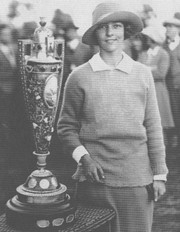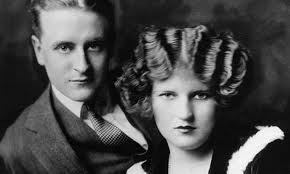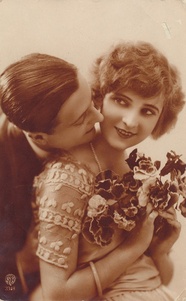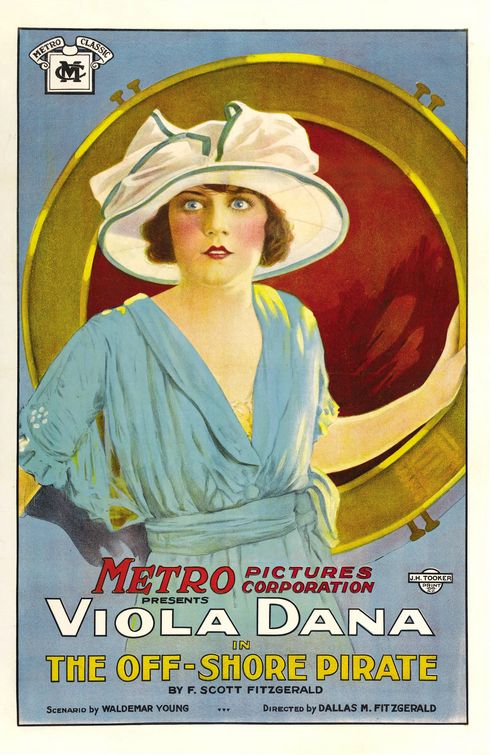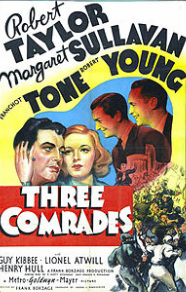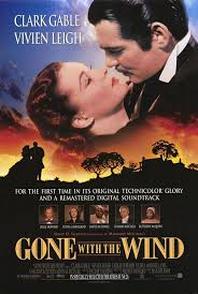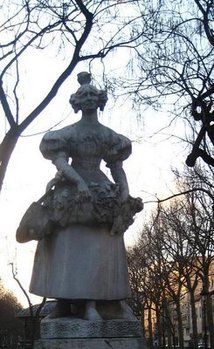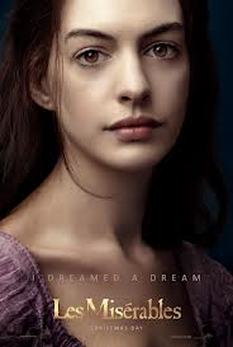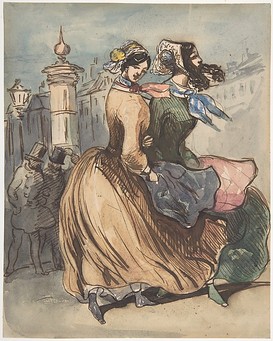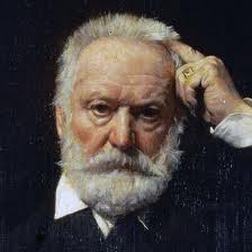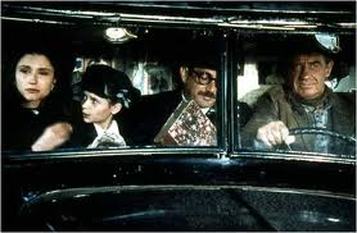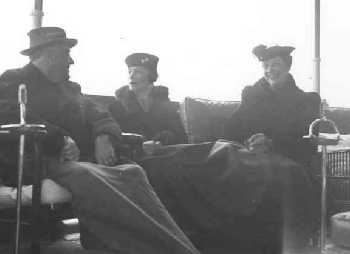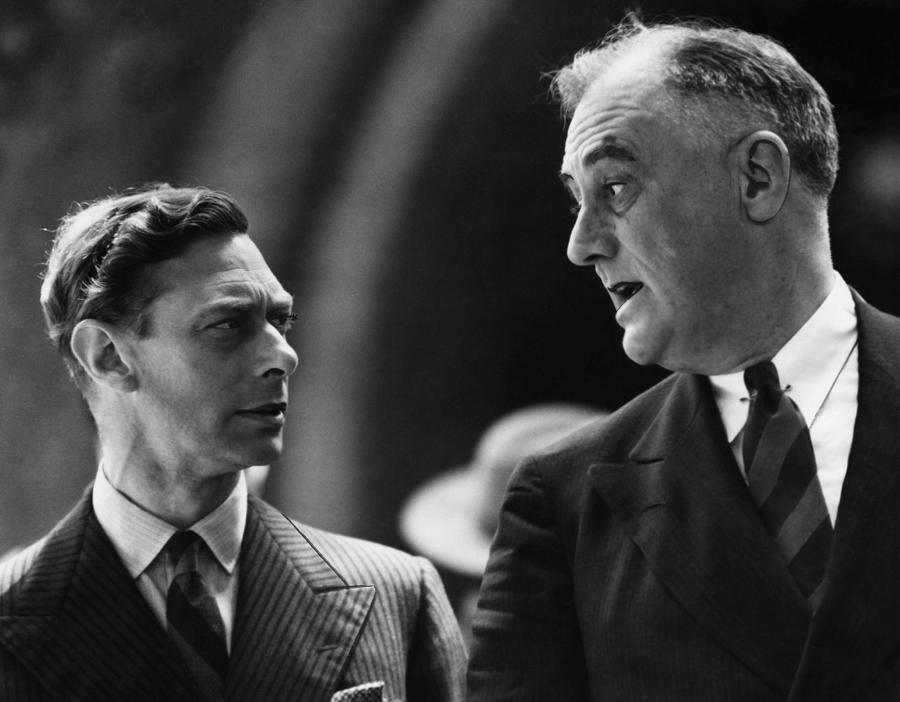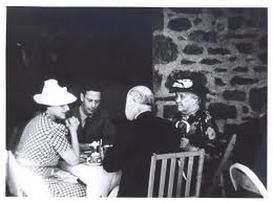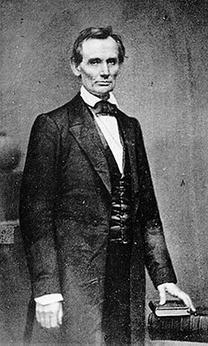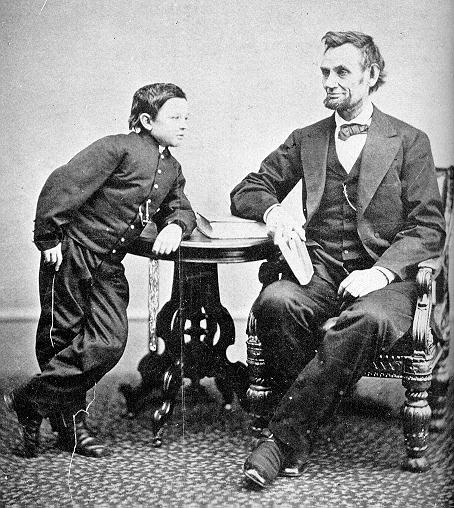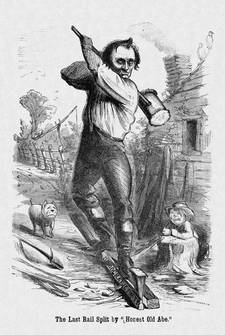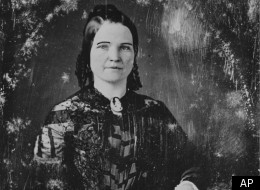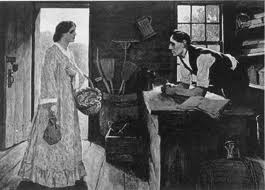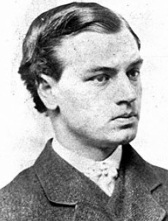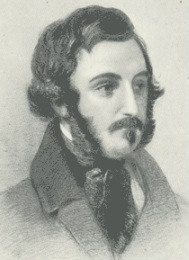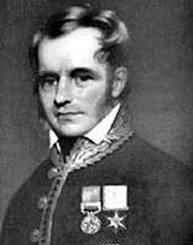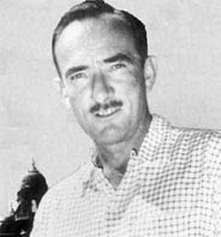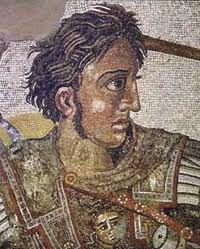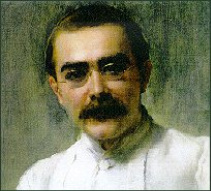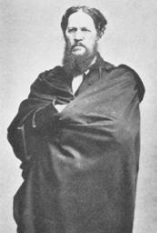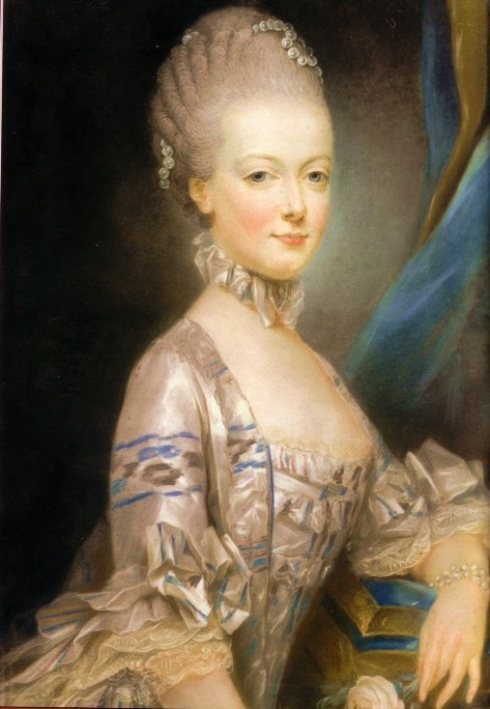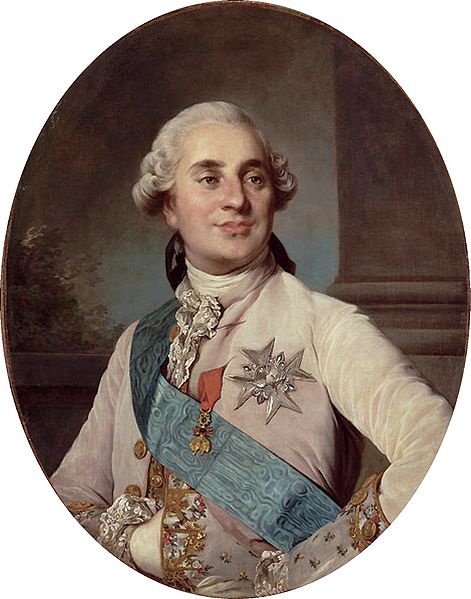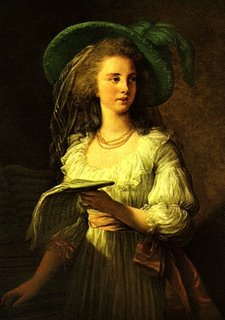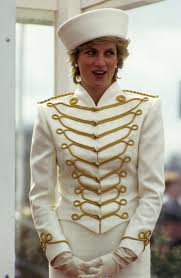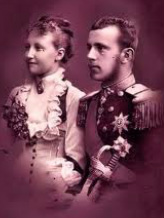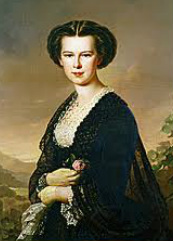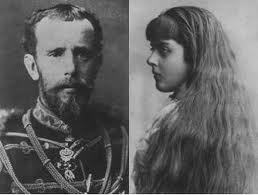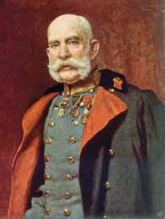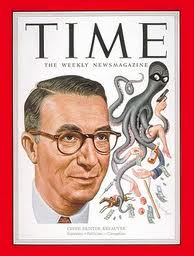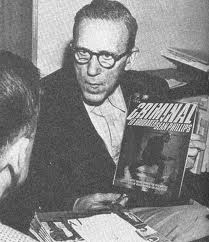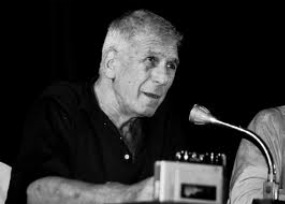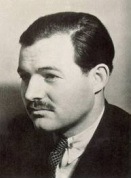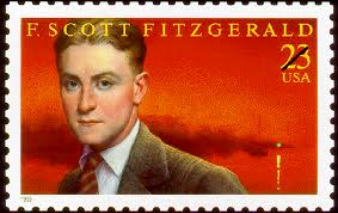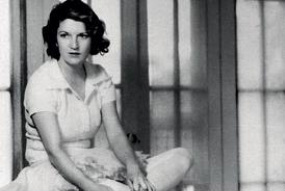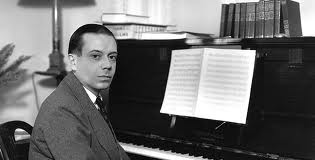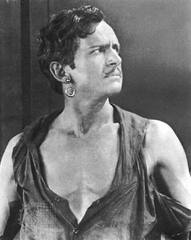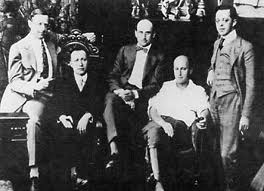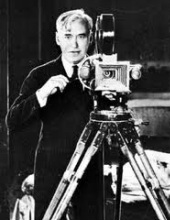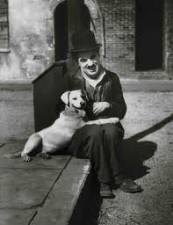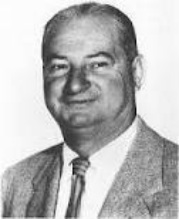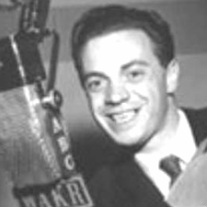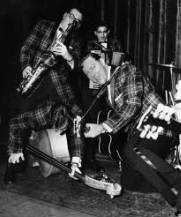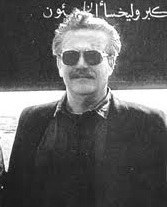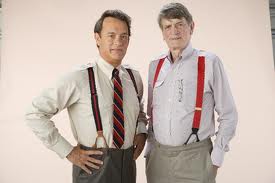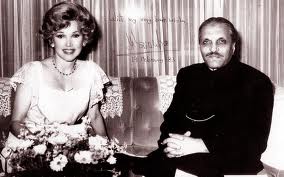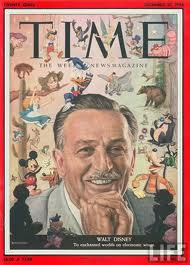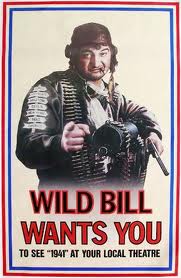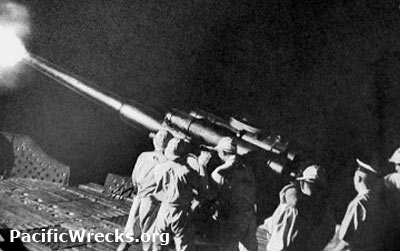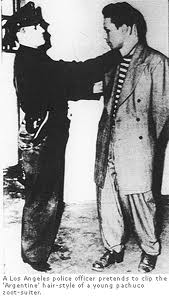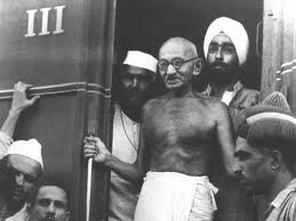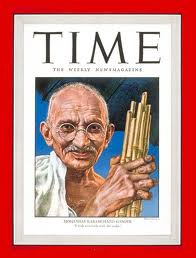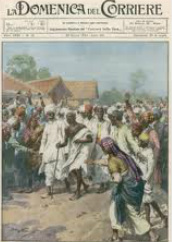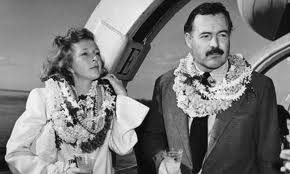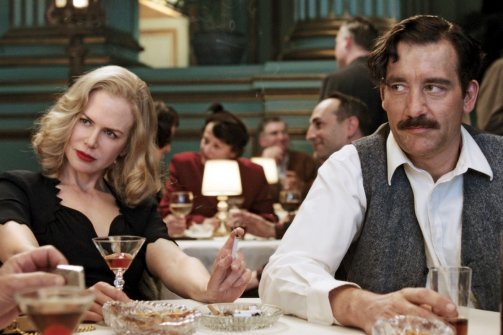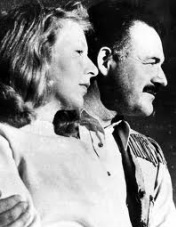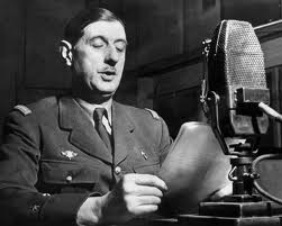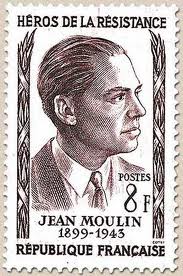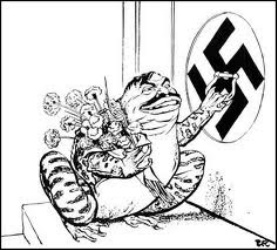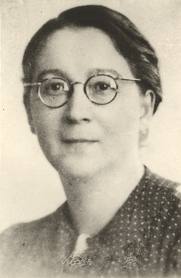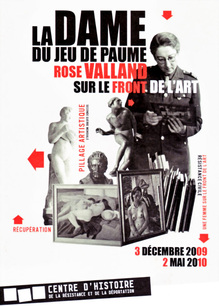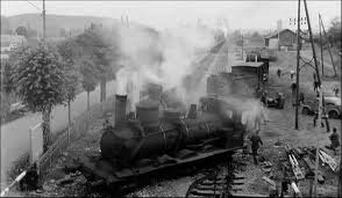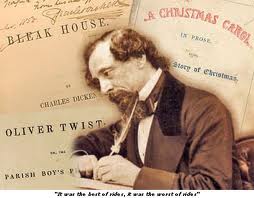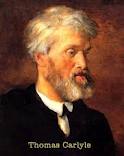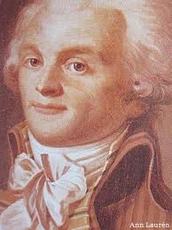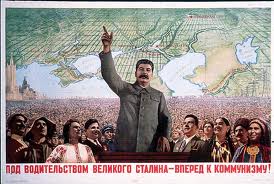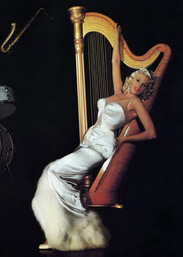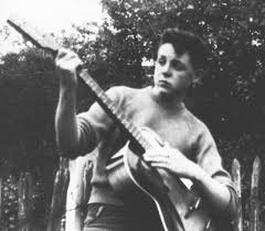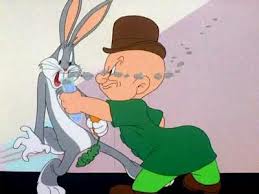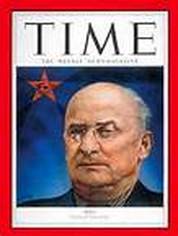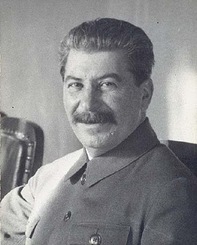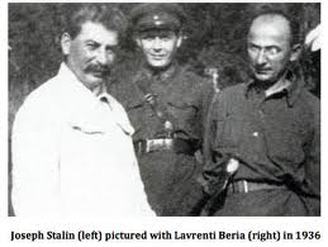People in History Who Inspired Movies: Part One
Dido Elizabeth Belle: race, slavery & class in late 18th century England
The 2014 movie Belle is an account of the life of the mixed-race daughter of a British naval captain and a Caribbean slave woman. The father sent her to be raised alongside her orphaned cousin by her great-uncle and great-aunt Lord and Lady Mansfield at their magnificent Kenwood estate near London. The painting above shows the two young women at the estate. Significantly, Belle is depicted on virtually equal terms with her white cousin, rather than shown as submissive and inferior. Mansfield was Chief Justice of England at the time, a leading pillar of the Establishment and the movie -and some historians - have suggested that the semi-paternal relationship with Belle was a factor behind his famous 1772 legal decision that slavery was not part of English law and that slave-owners could force their slaves in England to return to slavery.
El Cid - Spain's national hero
El Cid (Arabic for "The Lord") was an 11th century warrior-knight who has become a Spanish national hero, widely and incorrectly regarded as helping form a Spanish nation. In the medieval epic poem "The Song of My Cid", he was celebrated as tolerant, chivalrous, brave and noble. The 1961 movie El Cid, directed by Anthony Mann, is justly praised by Martin Scorsese as one of the greatest epic movies of all time. Its battle scenes (especially the astonishing climax) and magnificent settings remain unequalled.
Marie Antoinette, Comtesse de la Motte and the Affair of the Necklace
The Affair of the Necklace (a.k.a the affair of the Queen's Diamonds) was a swindle, typical of many carried at the royal Court of Versailles during the reign of Louis XVI and Marie Antoinette. Initiated by an embittered noblewoman and involving one of the Church's highest-ranking prelates, it came to symbolize the extravagant, decadent and selfish lifestyle of Versailles. Ironically, the Queen for once displayed a rare common-sense in not participating in the affair but her petulant reaction when the scandal became public delighted her enemies at Court and further damaged the monarchy in the eyes of the public.
The Great Gatsby movies
Alan Ladd (in a scene above from the 1949 Great Gatsby movie) played him as a noirish and vulnerable but honorable loner. Ginevra King (2nd left) was Fitzgerald's girlfriend when the pair were in their teens; she wrote him a story which contains several features Fitzgerald incorporated years later into his novel. She may have been the basis of Daisy in the book. Edith Cummings was a famous golfer and the prototype of Jordan Baker in The Great Gatsby. Above right photo shows Scott and Zelda Fitzgerald; she suggested calling the novel "the Great Gatsby."
The Great Gatsby's Creator Goes to Hollywood
Fantine in Victor Hugo's novel Les Misérables & its movie versions
The character of Fantine in the several movie versions of Les Misérables is supposed to be a grisette, a specifically early-mid 19th Century Parisian category of young females, who laboured in the fashion and dressmaking industries, and were famous for their assertive, independent ways and their rejection of conventional family ties and also the contemporary restrictive bourgeois conventions about women's role in society and in love.
Grisettes are now regarded as the vanguard in 19th Century women's rejection of conventional restrictive gender roles.
However, Fantine as portrayed in most movies and the famous musical, (and Tom Holland's 2012 movie) was hardly a typical grisette despite her occupation. She is too passive, sentimental, naive and submissive, and decidedly old-fashioned in her views about romance. A real-life grisette would have been much shrewder, less gullible and more astute.
Below - Victor Hugo, author of the original novel Les Misérables, on which film versions have been based, and Jean Valjean in the most audacious and best adaptation of the novel, directed by Claude LeLouch, and which transposes the novel and its themes into twentieth century France, and covers issues such as anti-semtism and collaboration.
Grisettes are now regarded as the vanguard in 19th Century women's rejection of conventional restrictive gender roles.
However, Fantine as portrayed in most movies and the famous musical, (and Tom Holland's 2012 movie) was hardly a typical grisette despite her occupation. She is too passive, sentimental, naive and submissive, and decidedly old-fashioned in her views about romance. A real-life grisette would have been much shrewder, less gullible and more astute.
Below - Victor Hugo, author of the original novel Les Misérables, on which film versions have been based, and Jean Valjean in the most audacious and best adaptation of the novel, directed by Claude LeLouch, and which transposes the novel and its themes into twentieth century France, and covers issues such as anti-semtism and collaboration.
President F.D. Roosevelt, Margaret Suckley & KIng George VI
Abraham Lincoln and people associated with him in biopics
References to the above trio can be found in Cliomuse pages on movie depictions of Lincoln - "Abraham Lincoln", "Young Mr. Lincoln" and
"Abe Lincoln in Illinois".
"Abe Lincoln in Illinois".
India and the sub-continent, Afghanistan and the North-West Frontier
Versailles and the dangerous culture of image and celebrity
Mayerling Scandal, 1889: the Prince & his Teenage Mistress -suicides or murder?
At the frontline of the juvenile delinquency controversy of the 1950s
Cultural icons featured in Midnight in Paris
Hollywood personalities: the silent movie era
Rock Around the Clock (the movie): some key players
Charlie Wilson's War (the Soviet-Afghan War of the 1880s) - the Instigators
Steven Spielberg's 1941: Zoot suiters, air raids, riots, Japanese submarines, John Belushi, Walt Disney ....
India on the road to independence
Ernest Hemingway and Martha Gellhorn
Resistance and Collaboration in France During World War II
Rose Valland, Looted Art, the French Resistance and The Train
Rose Valland, the mild-mannered woman depicted below, a quiet and unassuming art curator in Occupoied Paris, would appear to have little in common with the events depicted in John Frankenheimer's movie about the Resistance, with its bombing raids, derailments and sabotage. Actually, Valland was a hero of the Resistance who used her low-key personality and intricate knowledge of France's art collections to classify, track and sometimes prevent Germans shipping looted art treasures out of the country. The incidents in The Train are based on her activities.
See pages on The Train and The Monuments Men movies
See pages on The Train and The Monuments Men movies
Four people whose writing or actions influenced The Dark Knight Rises
What have these images to do with the 1957 movie The Girl Can't Help It ?
Joseph Stalin & Laventri Beria
Apart from tedious Soviet-era movies idolising Stalin, there have been few attempts to attempt an interpretation of the dictator's personality and rule. One of the rare exceptions is the Russian director Andrei Konchalovsky's neglected but controversial and insightful study of Stalin (and Laventri Beria, the secret police chief) in the 1991 movie The Inner Circle. Konchalovsky daringly emphasises Stalin's veneer of charm and affability, while subtly revealing the terrible substance of the dictator in his delaings with his underlings.
